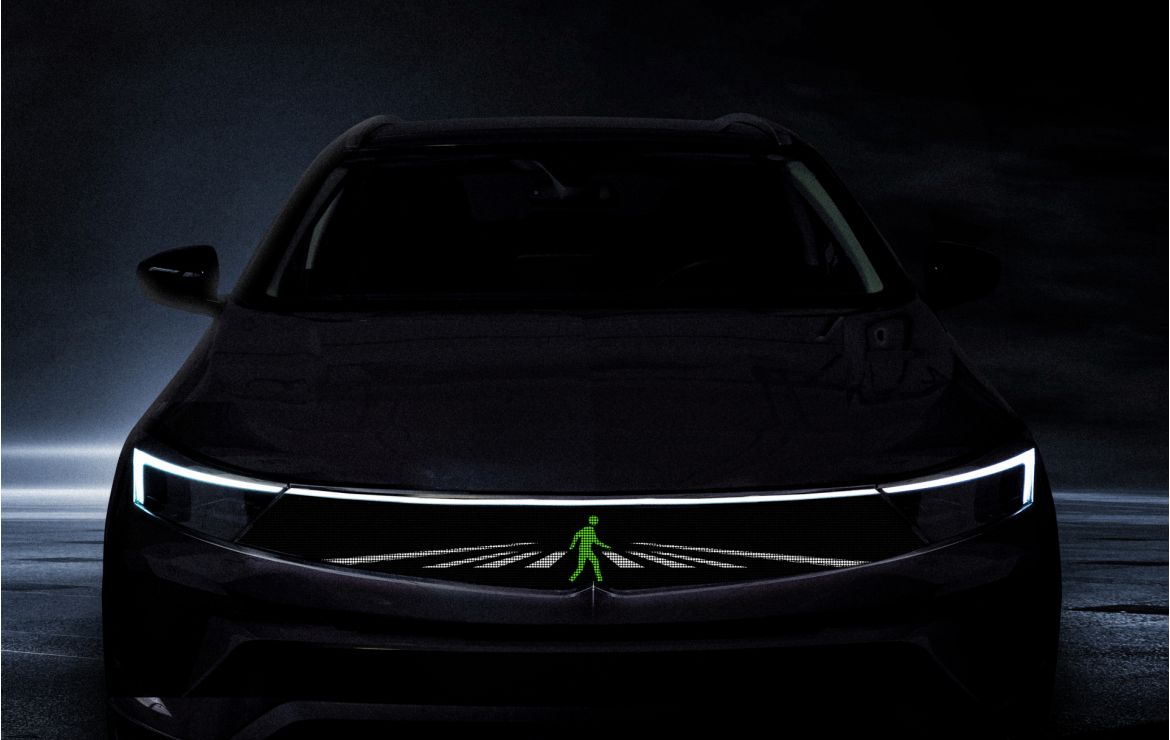
Opel and TU Darmstadt Start Close Cooperation in Light Technology
Opel and the Technical University of Darmstadt (TU Darmstadt) have begun joint research into new lighting technologies. The cooperation is part of the global Stellantis research network with respected universities. In currently 15 so-called “OpenLabs”, scientific knowledge is gained for use in technology systems of future vehicle generations. The strategic partnership with TU Darmstadt, the first Stellantis OpenLab in Germany, will enable a new era of lighting technologies. In addition, Stellantis is funding three doctoral students at the university’s Department of Electrical Engineering and Information Technology, initially for the next four years.
OPEL AND TU DARMSTADT START CLOSE COOPERATION IN LIGHT TECHNOLOGY

Opel and the Technical University of Darmstadt (TU Darmstadt) have begun joint research into new lighting technologies. The cooperation is part of the global Stellantis research network with respected universities. In currently 15 so-called “OpenLabs”, scientific knowledge is gained for use in technology systems of future vehicle generations. The strategic partnership with TU Darmstadt, the first Stellantis OpenLab in Germany, will enable a new era of lighting technologies. In addition, Stellantis is funding three doctoral students at the university’s Department of Electrical Engineering and Information Technology, initially for the next four years.
“Advanced adaptive light systems do so much more than just illuminate the road according to the prevailing conditions,” said Opel CEO Uwe Hochgeschurtz. “They are linked to numerous assistance systems and make driving safer and more comfortable. Together with TU Darmstadt, we want to develop all-new lighting systems and bring them to the market. We are pleased to be working with the science and research experts from TU Darmstadt.”
Out of the lab and into the car
The Pixel-Vizor front end of the Opel Manta GSe ElektroMOD already demonstrates how safety in road traffic can be increased via innovative lighting systems. “We take a holistic view of the subject of light. Light has a great relevance in many areas of the automobile, which goes far beyond the headlamps,” explained Philipp Röckl, Lead Innovation Engineer Exterior Lighting. The research in the OpenLab at TU Darmstadt therefore focusses on the further development of communication and driver assistance systems, adaptive headlamps systems, rear lights, interior lighting and light sources in general.
The funded research will include an intelligent, self-adapting headlamp and tail-lamp system that optimally adapts to the environment and traffic situation as well as other influencing factors. Initial tests with a prototype are already planned for the end of the year. “We want to revolutionise automotive lighting with this technology, and accompany the development through all stages, from research to prototypes and testing to the finished product,” said Professor Tran Quoc Khanh, Head of the Department of Adaptive Lighting Systems and Visual Processing at the TU Darmstadt.
Cooperation accelerates safety gains on the road
For both cooperation partners, the new Open Lab means a win-win situation on the way to future light generations: Stellantis can draw on the expertise of the renowned TU Darmstadt to transfer research findings into vehicle systems and the TU’s doctoral students can use the automotive company’s technical infrastructure to test their developments in the field.
“We have been working with the experts in Professor Khanh’s field for many years. This cooperation in the field of lighting technology will be intensified and strengthened in the long term by the OpenLab,” adds Philipp Röckl. The current research project is initially scheduled for four years. However, the aim is to establish a strategic cooperation for the next ten years and beyond.
“If everything goes as planned, the first vehicles with the lighting technologies developed with Stellantis will be seen on the roads by 2028”, said Professor Khanh. “They will have one of the most intelligent lighting technologies in the world.”
Intelli-Lux LED® Pixel Light already in today’s Opel Insignia, Grandland and Astra
Making innovative lighting technologies affordable for a broad range of buyers is a tradition at Opel, as the new Astra is currently demonstrating. In 2015, the previous generation (“European Car of the Year 2016”) brought the ground-breaking Intelli-Lux LED® Matrix light to the compact class. Now the next stage of development has begun: the Intelli-Lux LED® Pixel light familiar from the Opel flagships Insignia and the new SUV Grandland is celebrating its Astra premiere. With a total of 168 LED elements – 84 per headlamp – the compact class newcomer ensures a precise and seamless light pattern at all times, adapted to the situation and without dazzling other road users. The LEDs are integrated in ultra-slim headlights. The main headlamp “cuts out” oncoming vehicles within milliseconds. The remaining areas continue to be illuminated with full high beam, for optimum visibility and safety at all times.






